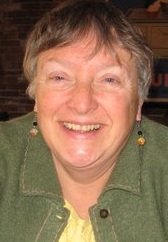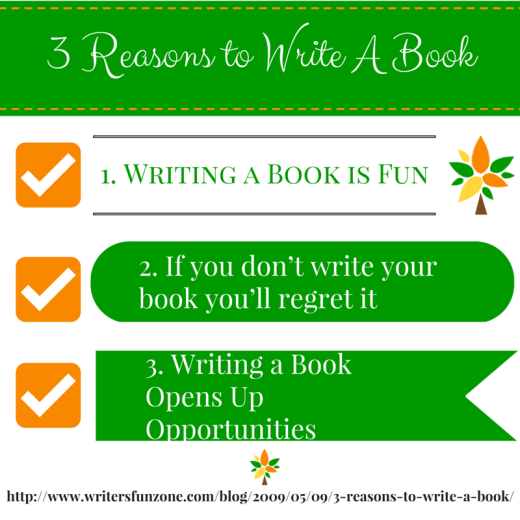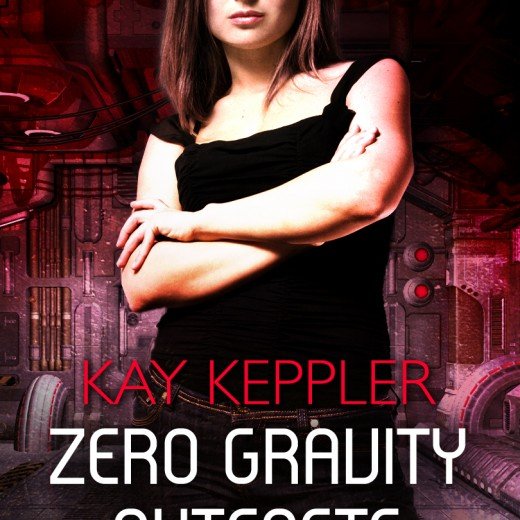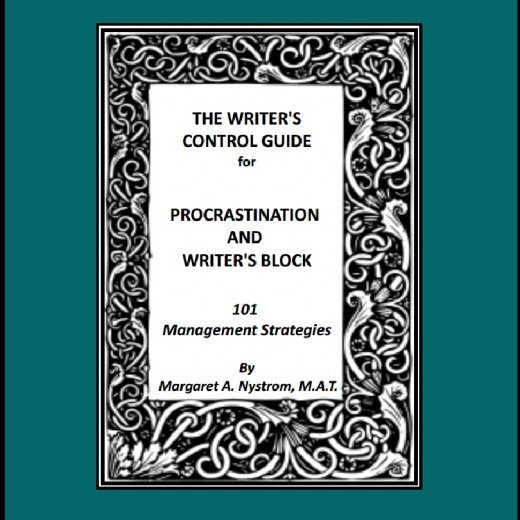Avoid Construction Accidents: Building Book Structure One Scene at a Time
 Welcome to the next installment of craft posts by monthly guest columnist, Kay Keppler. Today she’ll share about book structure and how to create it. You can contact Kay through the Writer’s Fun Zone or at kaykeppler@yahoo.com to ask questions, suggest topics, or tell her she’s off her rocker. (She let me say that!)
Welcome to the next installment of craft posts by monthly guest columnist, Kay Keppler. Today she’ll share about book structure and how to create it. You can contact Kay through the Writer’s Fun Zone or at kaykeppler@yahoo.com to ask questions, suggest topics, or tell her she’s off her rocker. (She let me say that!)
***
Let’s say that you know who your story’s characters are, and you know what they’ll be doing—you have a plot. Now it’s time to write your story. And like many writers, you’ll be sitting there in front of your keyboard and monitor, staring at a blank page, and sweating blood.
Where to begin?
Every story needs a structure. And that structure depends, in part, on the promises you’re making to the reader. You’re making an emotional promise (“Read this and you’ll be entertained, inspired, unsettled, or comforted—and absorbed”) and an intellectual promise (“Read this and you’ll gain a different perspective, learn something new, or confirm what you already know.”)
Readers need story structure both to understand what they’re reading and to feel something as a result.
Writers need structure so their stories hold together and make sense. So structure is just a way of looking at your material and organizing it in a way that’s both logical and dramatic.
There’s lots of ways to do that, and no way is right or wrong. You might prefer a three-act structure, or the hero’s journey. Or a combination. You might like a diary form. It worked for Bridget Jones, and it worked for Robinson Crusoe.
Still sitting there bleeding? No wonder.
Good Scenes Deliver Your Promises
Remember the promise you made to your reader. Both you and your reader know what that promise is—and your reader may have bought the book because of its promise: the happily ever after in the romance, the whodunit in a mystery, the promise of justice in a western or science fiction novel.
So it’s your job to deliver on that promise. You can do that by writing scenes that develop plot and character. Scenes are the building blocks of structure. Developing effective scenes—planning, writing, and linking them—is the key to good storytelling.
Build Action
Remember that scenes are pieces of physical story action. They take place in “now.” They are not thoughts in the character’s head, backstory, or description.
When your scene is hitting on all cylinders, it should have a goal, a conflict, and a disaster, however small the events are. Say that your heroine, the home economics teacher, wants to impress the new art teacher by baking her favorite cookies for the school fundraiser, but she doesn’t have any sugar. She goes to check her car out of the school lot, but the principal says no. She decides to experiment by using honey. The cookies are ruined. Now she’s out of time.
At the beginning of the scene, the heroine had a big goal—impressing the art teacher—which she planned to reach by her small goal—baking her favorite cookies. Baking the cookies was an attainable goal. But when she didn’t attain it, and disaster ensues, the result is that the story is opened up to further complications.
Scenes Can Have Multiple Results
This scene, as small as it is, and however you play it—for comedy or tragedy (well, okay, a small tragedy) does several things. It tells you something about the heroine by what she wants and the choices she makes. And it sets up the next scene. Now what can our heroine do? The disaster in this scene propels the action to new goals and actions—and new disasters.
Your larger story, your book, depends on your ability to create many scenes where your heroine overcomes the short-term obstacles to her long-term goal. Writers usually do this by creating an antagonist, or villain, who constantly opposes the heroine. (There’s that pesky principal again.) But your antagonist doesn’t have to be a villain. It could be an animal (think of films such as Jaws or Snakes on a Plane) or the weather (Earthquake!) or even a bacteria (Coma). But something has to thwart your heroine as she tries to impress the art teacher, or your book will be awfully short.
The disaster that your heroine encounters in her short-term goal should logically but unexpectedly set your character back. The art teacher was not only unimpressed by our heroine’s cookies, he doesn’t even like dessert. Now what can our heroine do? Grill a steak. Wash out the art teacher’s painting smock. Fix his car. But that won’t work because…
Whatever it is, we won’t have to make her sweat blood. That’s our job.
***
 Kay Keppler (www.kaykeppler.com) is an author (Zero Gravity Outcasts, Betting on Hope) and editor of fiction and nonfiction (Asylum Harbor, Pragmatic Guide to Sass) who lives in northern California. Thanks to Ansen Dibell and his book Plot (Writer’s Digest Books) for help with this column. Contact her here or at kaykeppler AT yahoo.com to ask questions, suggest topics, or if you prefer, complain.
Kay Keppler (www.kaykeppler.com) is an author (Zero Gravity Outcasts, Betting on Hope) and editor of fiction and nonfiction (Asylum Harbor, Pragmatic Guide to Sass) who lives in northern California. Thanks to Ansen Dibell and his book Plot (Writer’s Digest Books) for help with this column. Contact her here or at kaykeppler AT yahoo.com to ask questions, suggest topics, or if you prefer, complain.







This is all good but I think we need to be careful not to get caught up in a scene by sene approach and forget to look at the overall structure. A novel needs a strong antagonist to make the tension build the whole way through. I just read a book that didn’t do this and it didn’t seem to be going anywhere. I go for the scene play structure myself, because it’s very free and I know that if I follow it, my structure will be strong. I did a post on it here, if anyone is intersted. http://tahlianewland.com/2012/03/01/a-helpful-framework-for-plotting-novels/
You’re absolutely right that you should always have a strong overarcing structure to your novel, whatever that framework is. And your structure is fleshed out with scenes that provide plot, pacing, and setting, and strong characters, as you mention. The great thing is that no structure is wrong if it works for you!
[…] Keppler lays out building book structure one scene at a time; Theresa Stevens explains that each scene must have a focus; and Janice Hardy adds that story […]